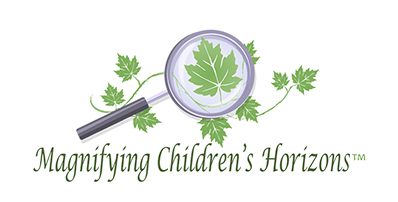The Face in the Mountain
The flowers need primping, the river needs damming, and the volcano needs a push to get its lava flowing just right. How do you think all this gets done—or who do you think does it?
The Face in the Mountain offers a fascinating peek into the inner workings of nature by introducing children to the young giant Boma and his taller-than-the-mountains father, who help the elemental folk manage the natural world they’re all in charge of. Well, to be honest, Boma tries to help, but usually ends up creating problems instead.
When young Boma finds himself in charge of things in his father’s absence, he is forced to face his fear of failure and forgetfulness. He must use his creativity to solve his challenges and save the natural world he loves and is a part of.
How can he remember everything his father taught him?
The Face in the Mountain introduces young children to the work that goes on behind the scenes in nature and its impact on the natural world. It also shows how being in nature can help stimulate creativity to find ways to deal with issues. Children will learn about the interconnectedness of nature and how humans disrupt the harmonious workings of nature—thereby indirectly starting the process of an empathetic understanding of nature. The Face in the Mountain also directly deals with how children can take on responsibility and face fears while also developing confidence in their own abilities.
You’ll find discussion points and activities at the end of the book that can be used to extend children’s knowledge and experiences of nature, while also encouraging critical thinking and exploring creative imagination in solving problems, including applying lessons learnt in nature to their lives.
The Face in the Mountain is the first of a series of books and resources published by Magnifying Children’s Horizons that use nature’s wisdom to enhance character in children.
by Tolulope okudolo
The Festival Shoes
Pixie Drumlo is drafted to help deliver rewards to children on earth—With the Great Festival approaching, Drumlo is entrusted with a most treasured reward. Determined, he sets out on his journey, venturing down to earth through unknown lands.
Faced with an unexpected challenge, Drumlo must live up to the faith his teachers showed in him. Can Drumlo overcome this obstacle and complete his quest before the Great Festival begins? Or will he run out of time?
The Festival Shoes offers an inside look into an enchanting world where children’s words, thoughts, and actions are transformed into magical threads … where fate fairies weave these threads into special rewards … and where every nature being helps ensure all actions are rewarded.
Why do children have to be good? And what does the word good mean, anyway? Be a good girl (or boy). Have you been good today? Tell me one good thing that happened today…
The answer comes with delving in nature’s actions and laws.
The Festival shoes was written to show children the impact of being good, not only in actions and words, but also in thoughts. The story draws children into the unseen world and activity of thoughts, words, and deeds, which activates the laws in nature and ultimately ties us to the consequences of whatever we have formed and sown.
All true life starts in the unseen.
The Festival Shoes also illustrates how children can use their thoughts, especially in challenging situations.
This story can help parents explain the actions of the laws of nature to children and how understanding and following them has a positive effect on their lives.
Children will learn about the importance of paying attention to their actions, words, and thoughts, which are like seeds planted in the soil of creation—the harvest of which comes back to them at different times. They will understand the value of a good thought or action and strengthen their respect for the laws of nature.
Parents and guardians will find discussion points at the end of the book, which can be used to stimulate children’s knowledge of this concept. A board game based on the story is also included!


